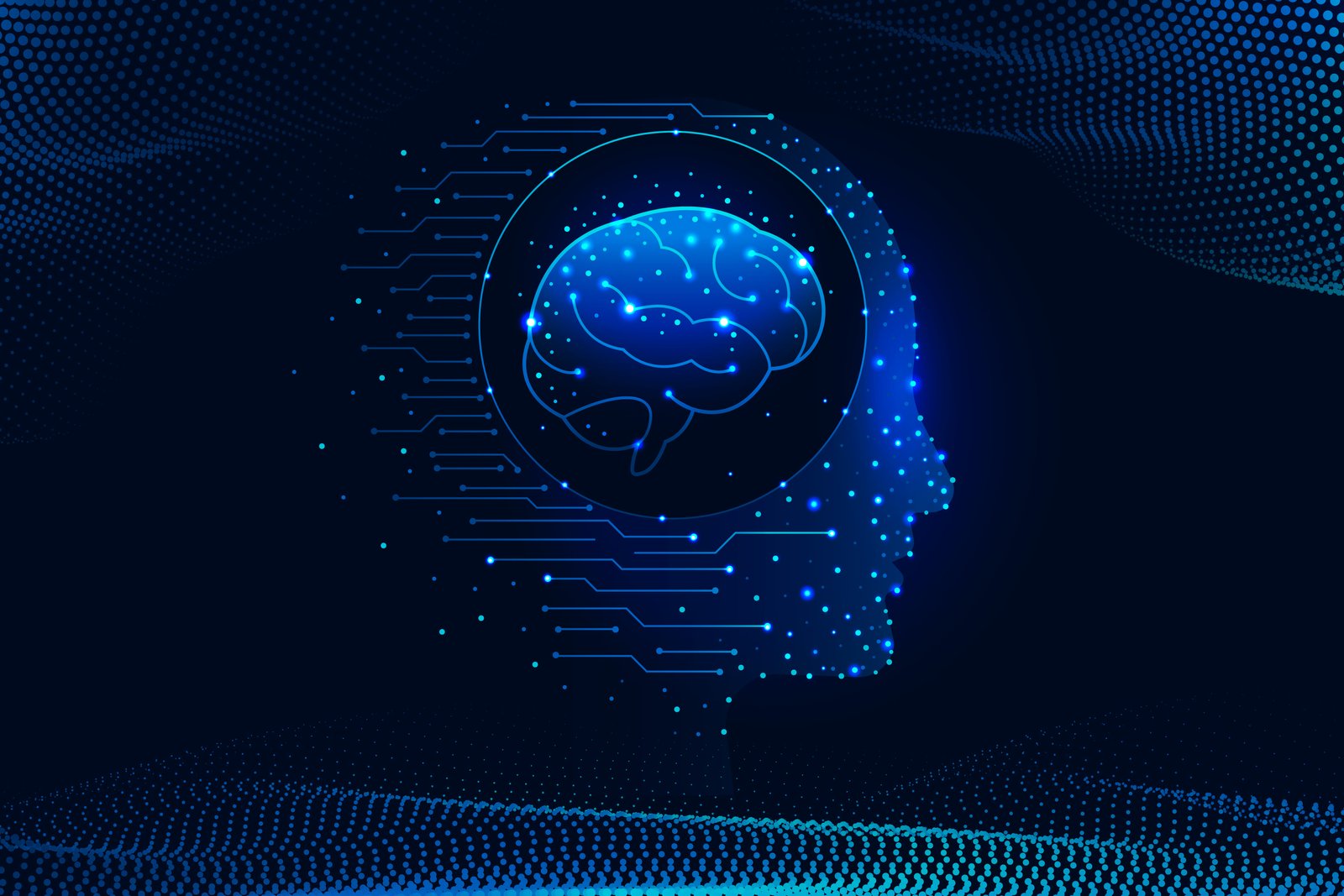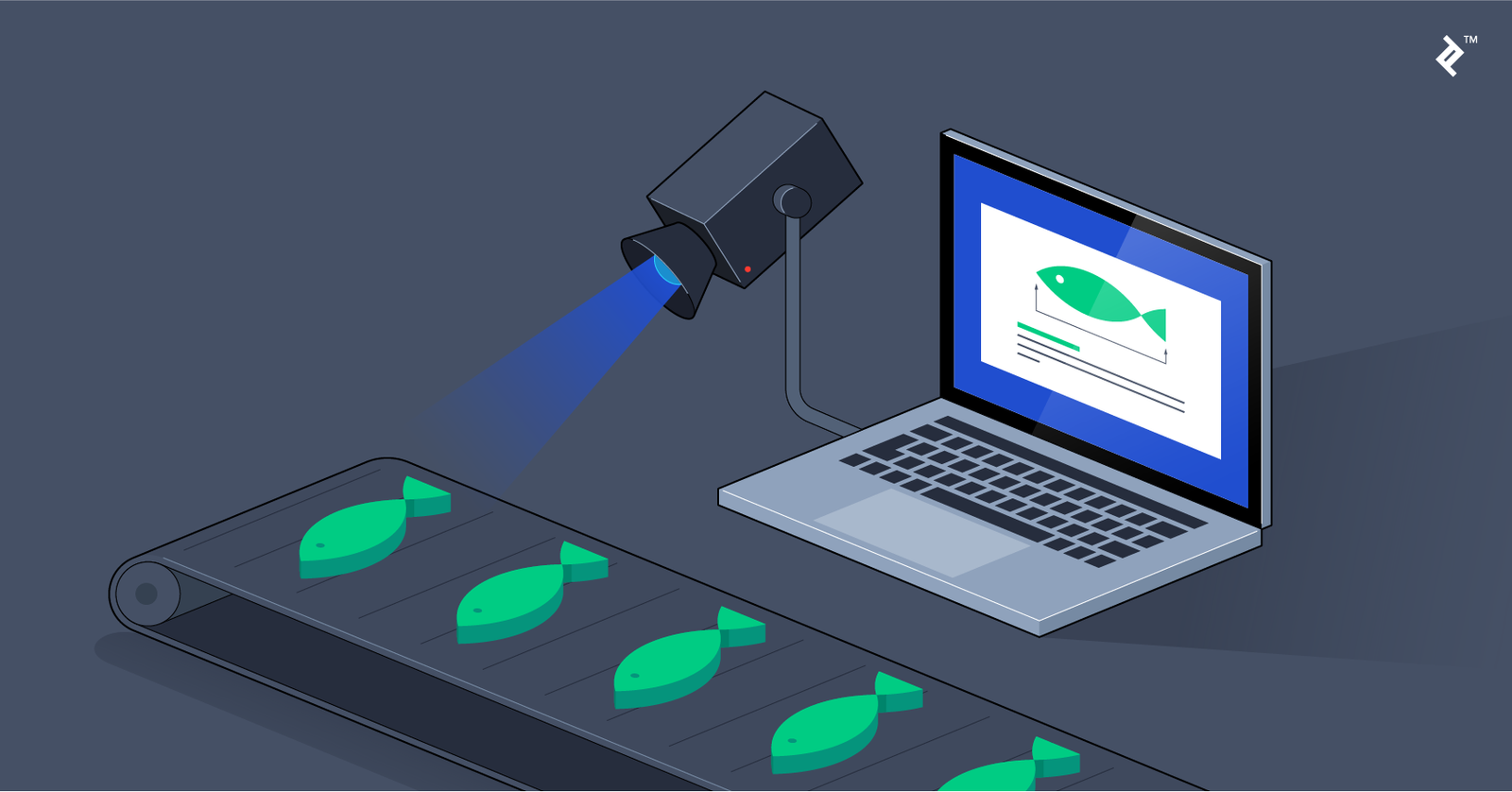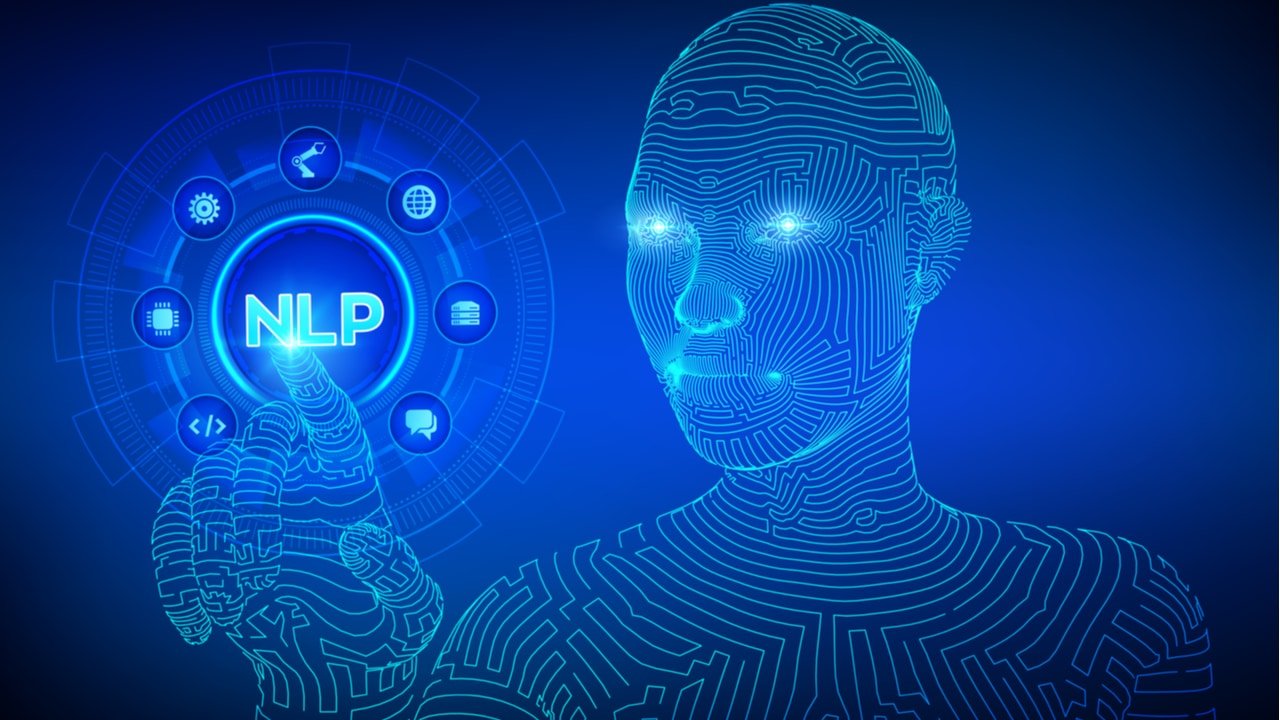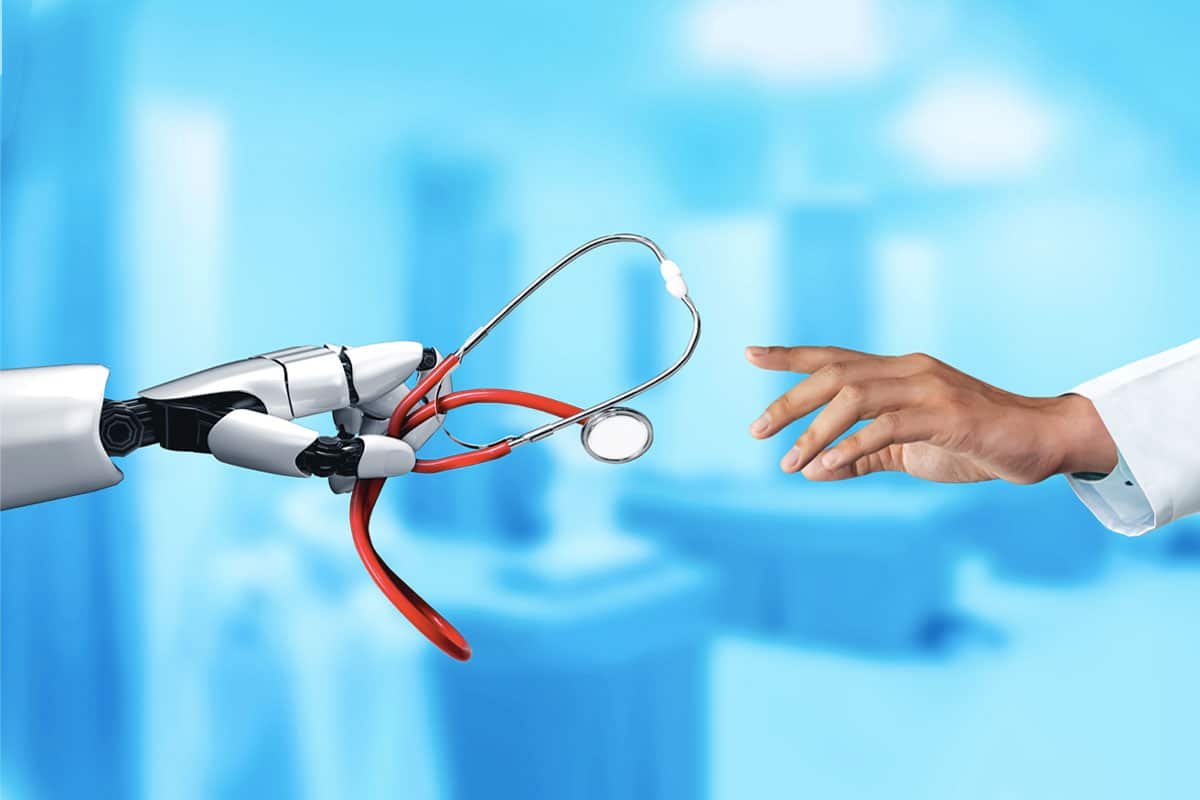
Deep Learning in MAKE Labs
Deep learning is a subset of machine learning that involves training artificial neural networks to recognize patterns, make decisions, and perform tasks by learning from large amounts of data.Deep learning refers to the use of neural networks with many layers (hence "deep") to model complex patterns in data. These deep neural networks (DNNs) can learn to represent data with multiple levels of abstraction, making them particularly effective for tasks involving large and intricate datasets.
In the realm of computer vision, our team of experts excels in developing and deploying models that can interpret and analyze visual content. From image recognition to object detection and tracking, our machine learning algorithms are finely tuned to handle diverse use cases, ensuring our clients harness the full potential of visual data in their respective industries.



